Released pipeline and CI/CD in azure
There are several ways to deploy an Angular Application to microsoft azure:
- The simplest one: through static web app and github actions
- through release pipeline and CI/CD( theme of this blog)
- others.
The main steps of deploying an Angular application by released pipeline and CI/CD in Microsoft azure are listed as follows
- Create an account in azure. Log in.This is the portal page.
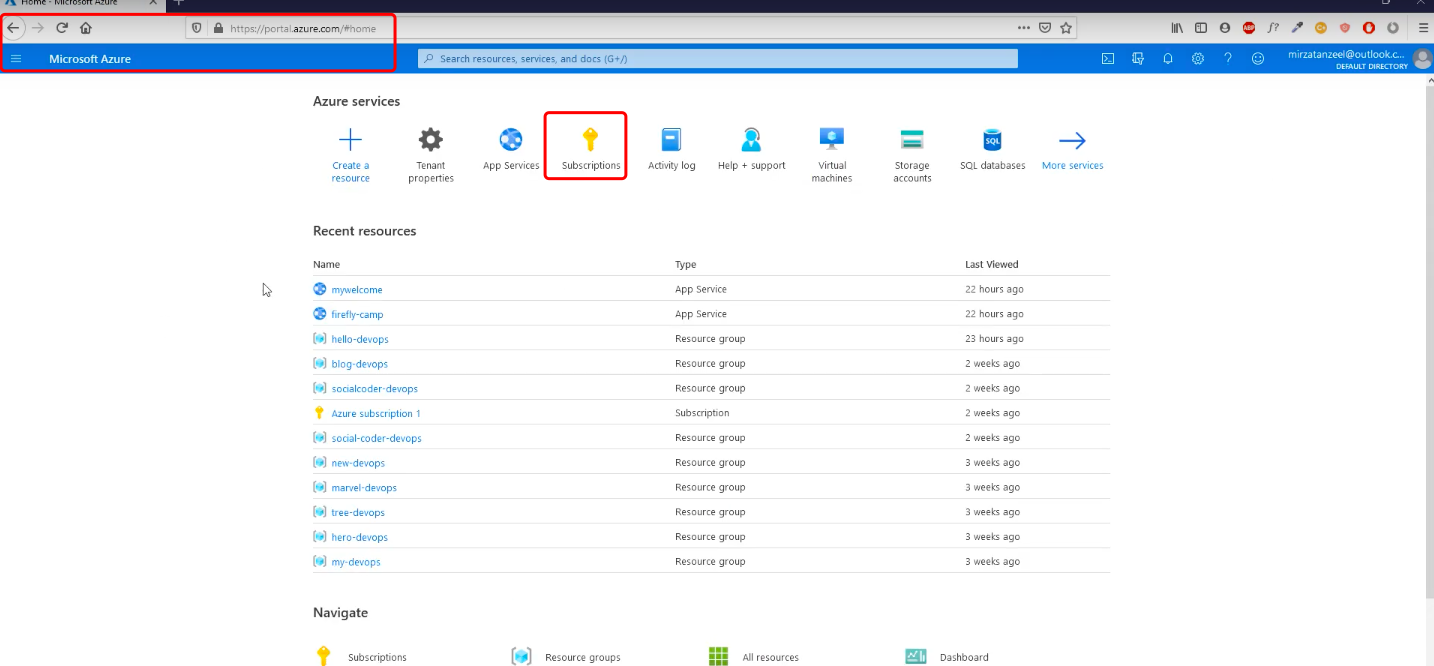
- Confirm if at least one subscription is active. Attention to the cost of subscriptions. Not all services
are forever free of charge.

- Create web service based on active subscription.Please note the service URL.
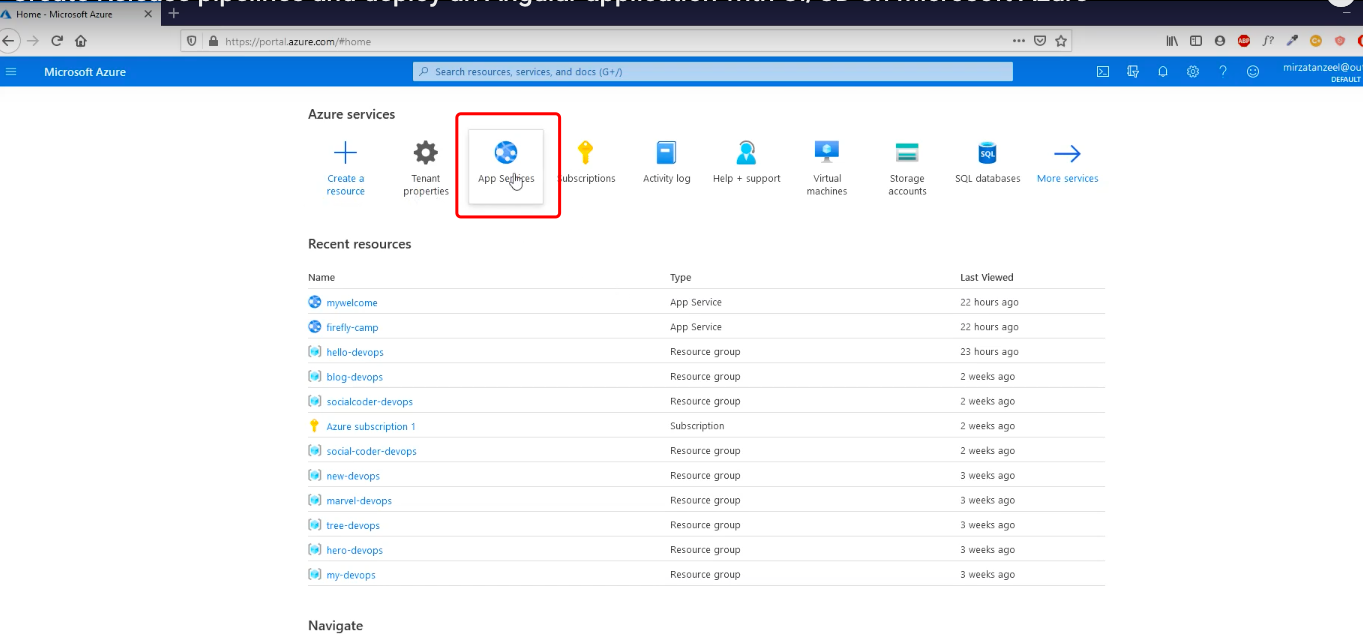

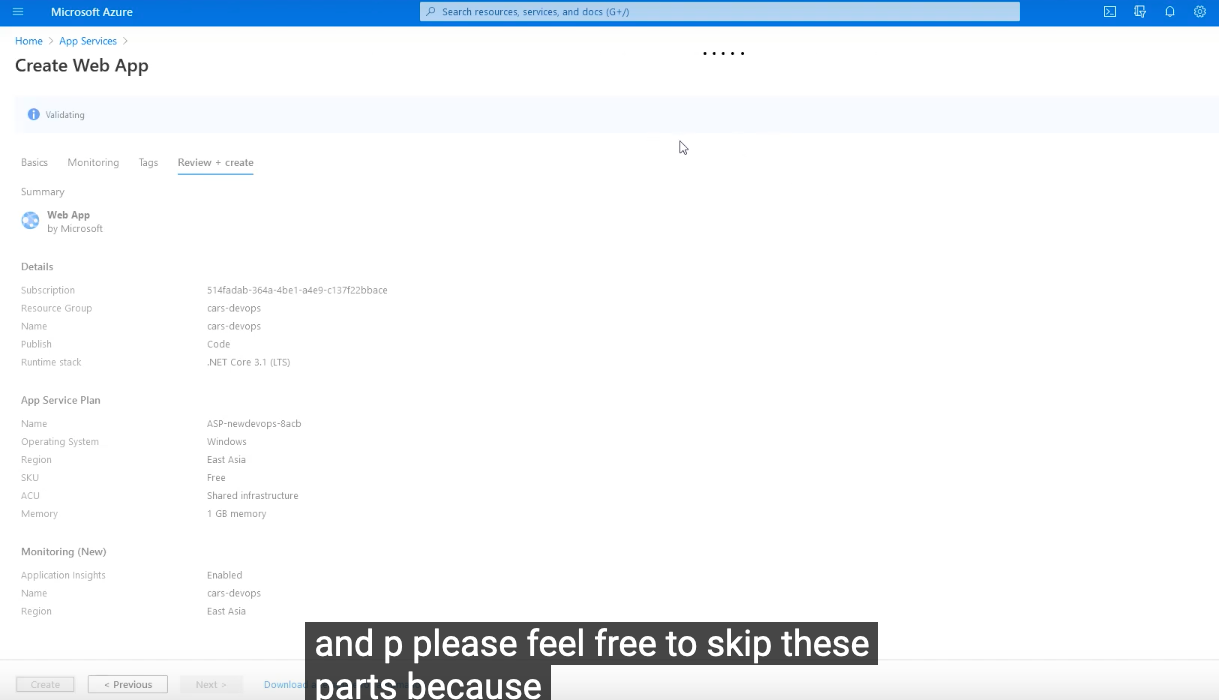
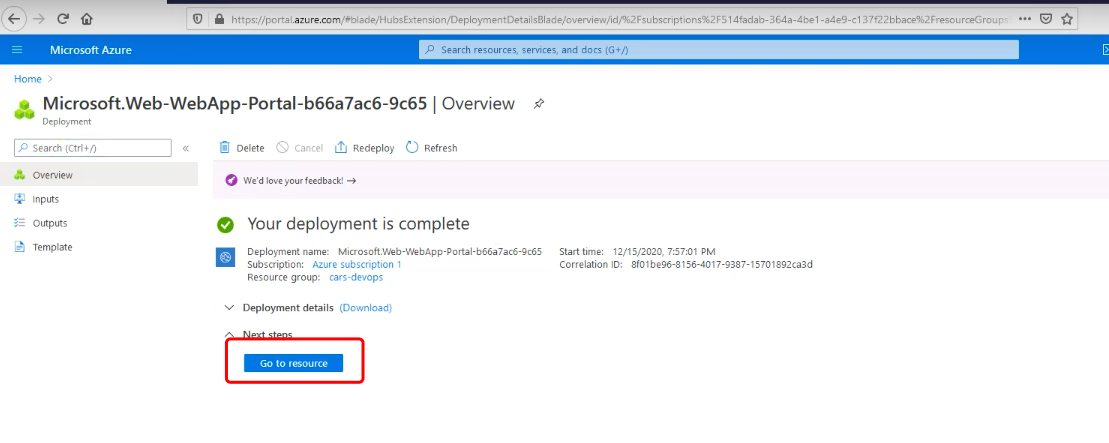
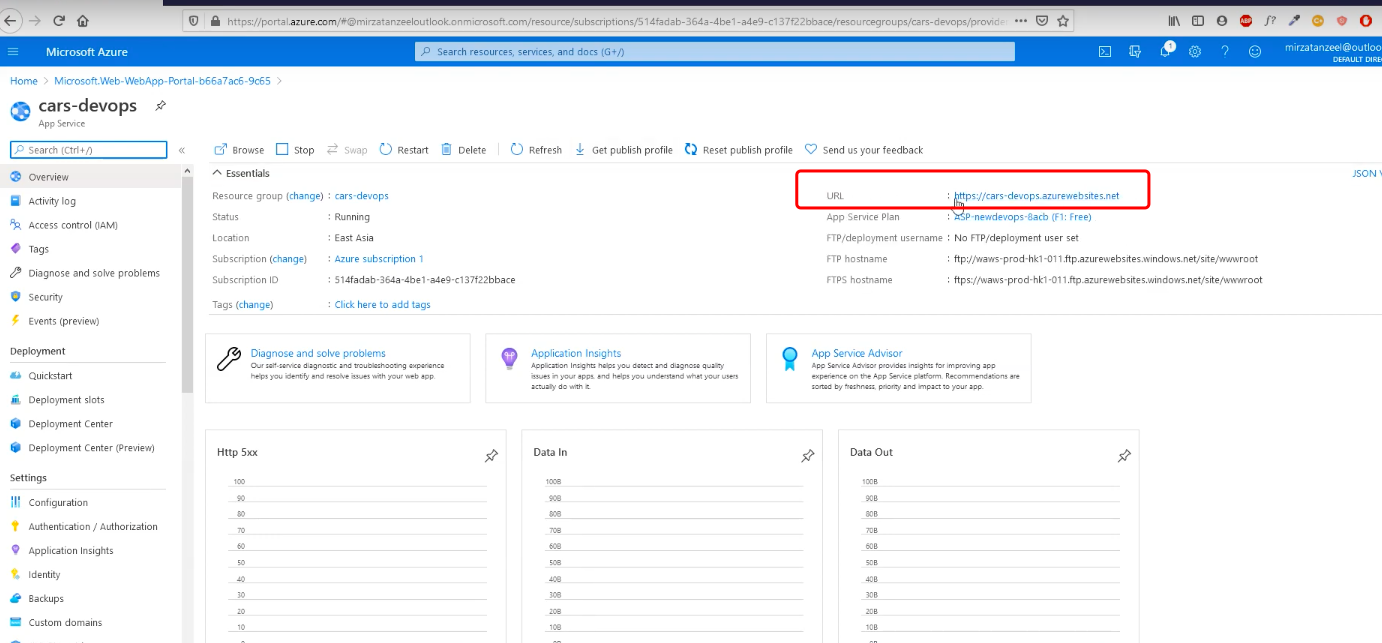
- Deploy your code now. Enter dev.azure.com in browser address bar and so sign into azure devops.If
no organization,create one. If no project, create one.
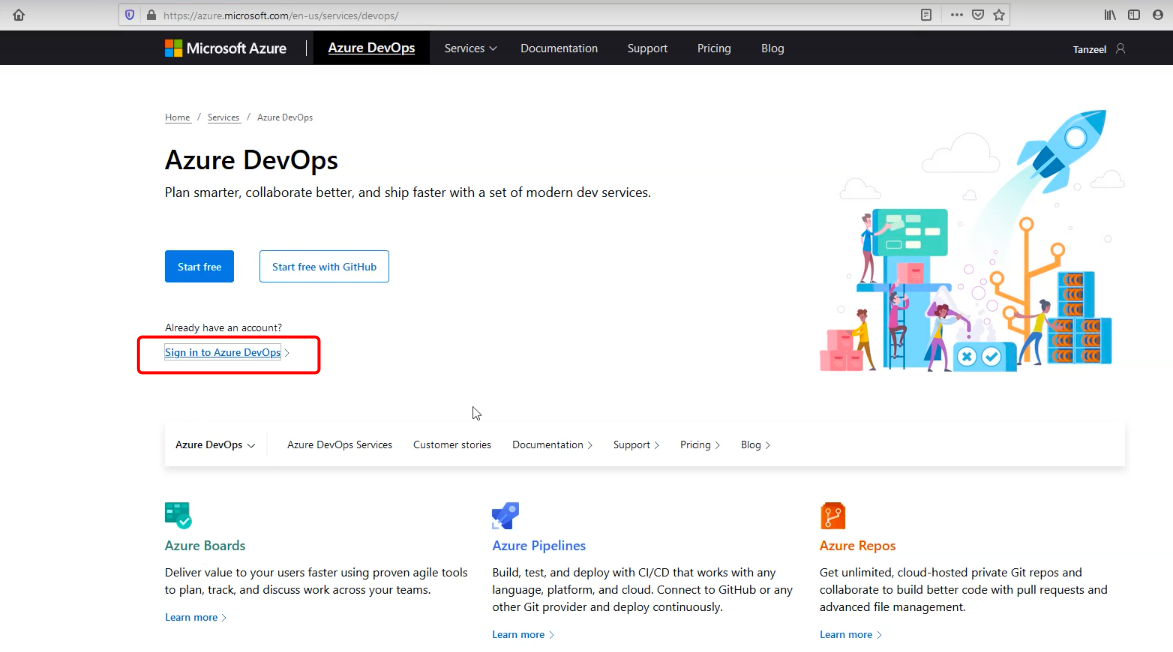
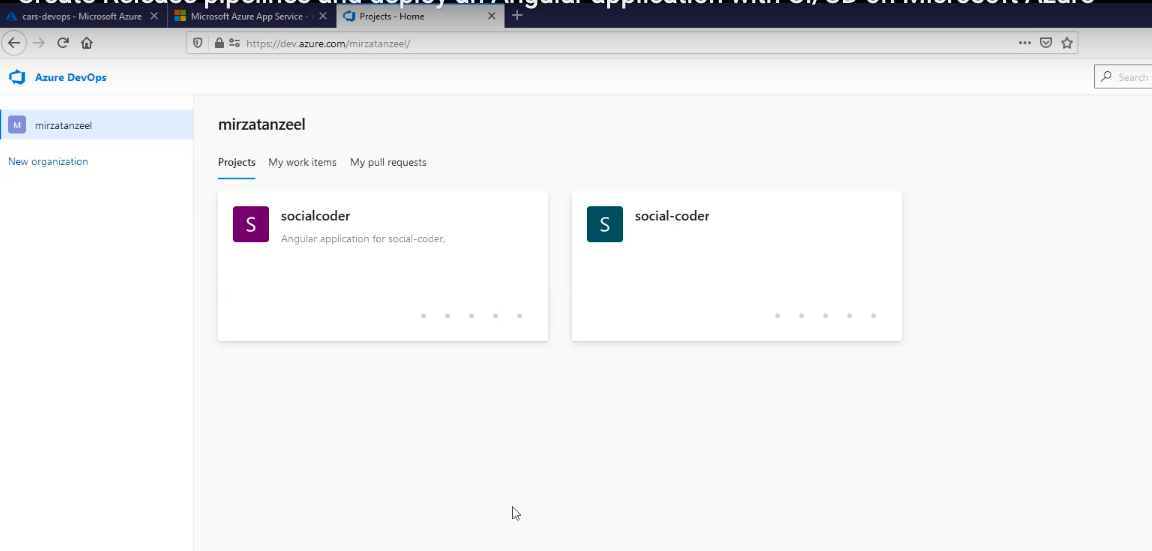
- Push code to azure.
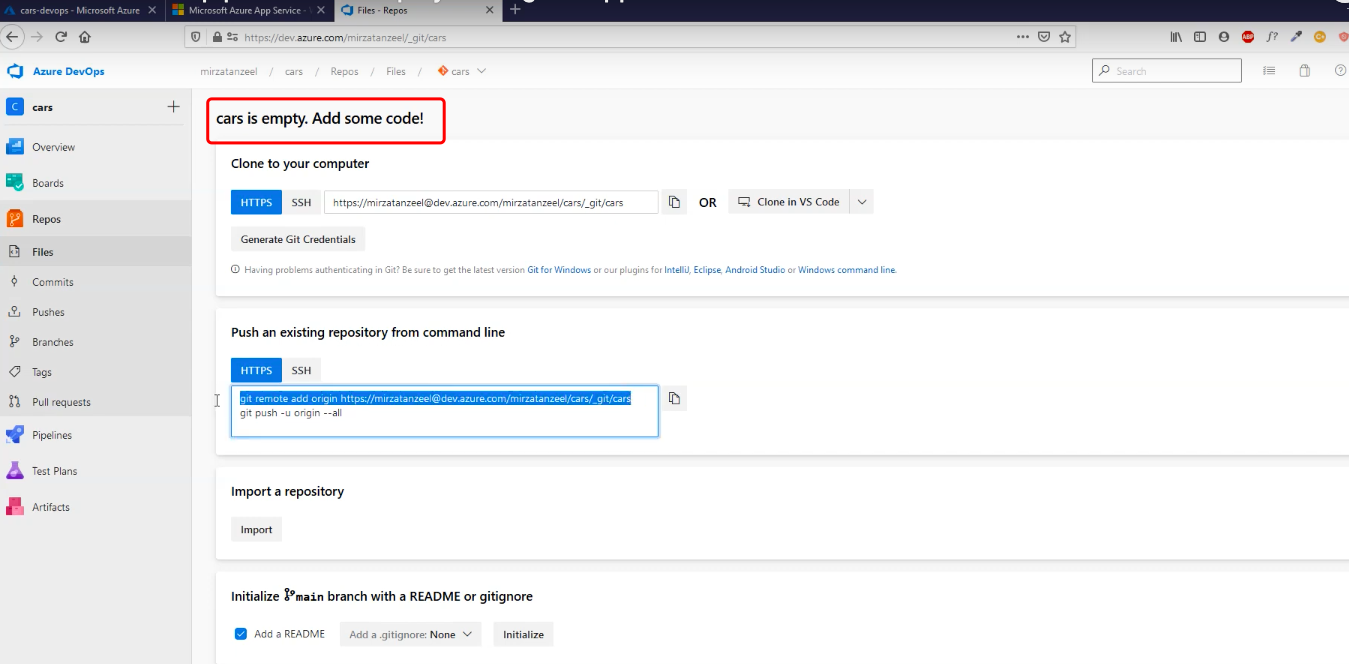 Refresh the page.
Refresh the page.

- Create pipeline: There are templates but in this example, we use empty job to assign our own tasks.Task
name should
reflect the object of task.
Firstly, we should install angular-cli.
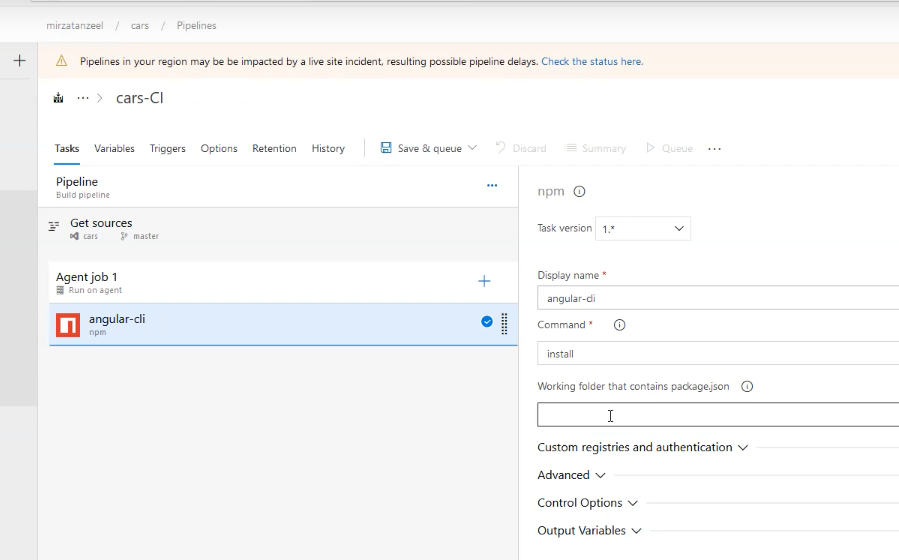 Secondly, we should build the app.
Secondly, we should build the app.
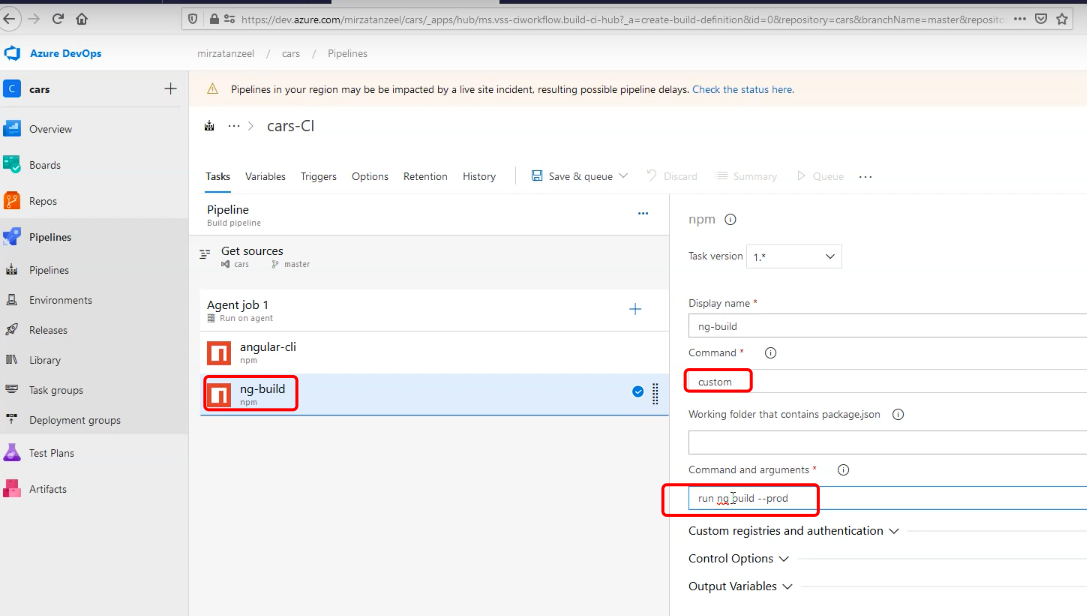 Third task, we should set the path as 'dist'. THe path name should be right.
Third task, we should set the path as 'dist'. THe path name should be right.
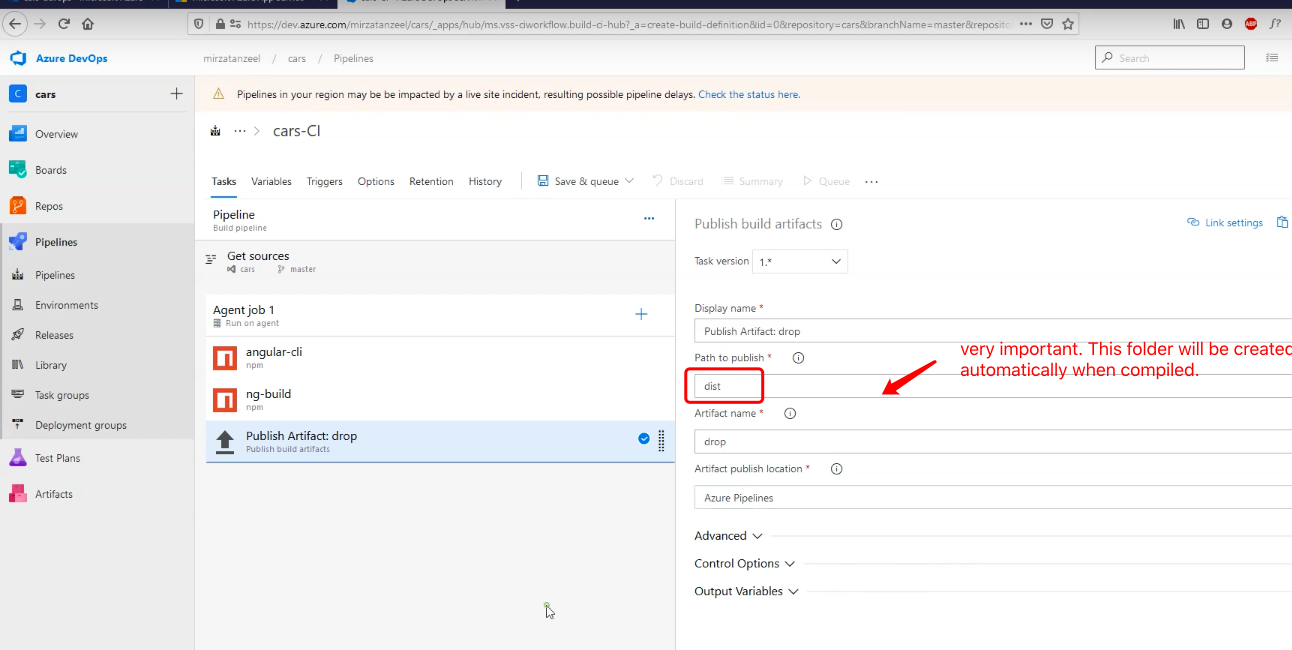
- click 'save and queue'. Then click 'save and run' button of pop-up form on right side of screen
- Task is executed one by one. The status of agent job is 'success'.

- we have pipelines but no released pipelines. Need add a released pipeline
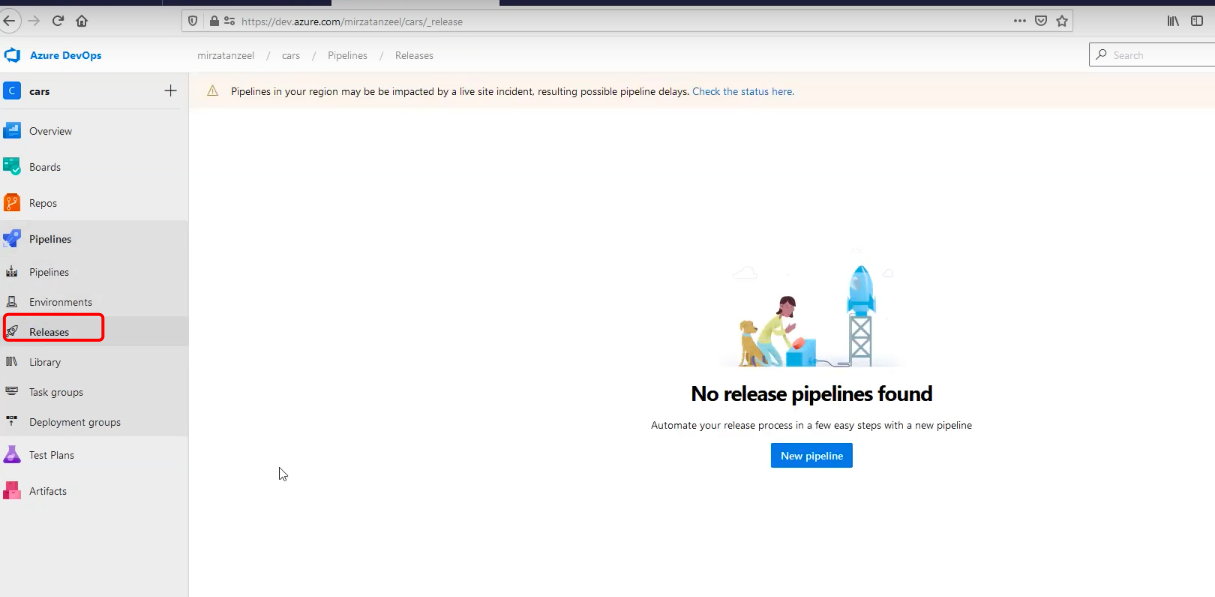 Add an artifact. click "save" then "create release"
Add an artifact. click "save" then "create release"
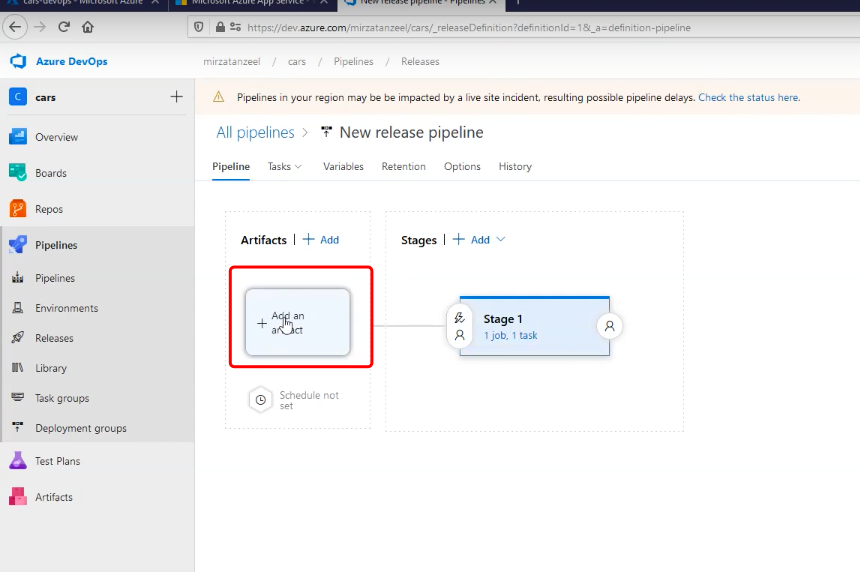
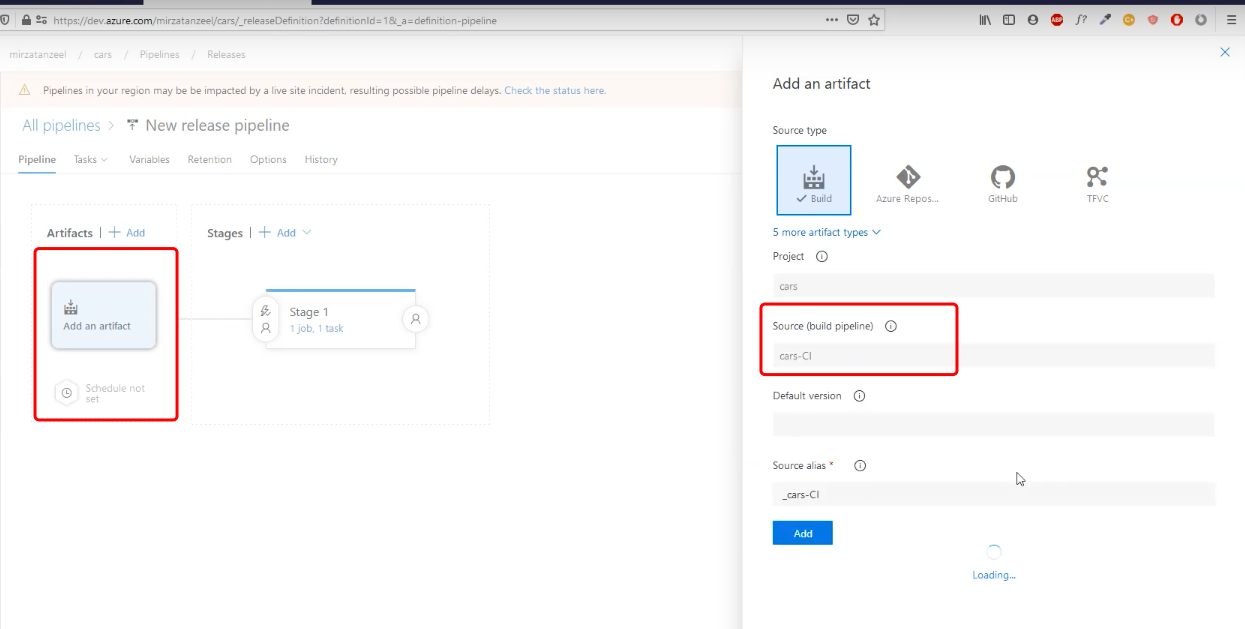
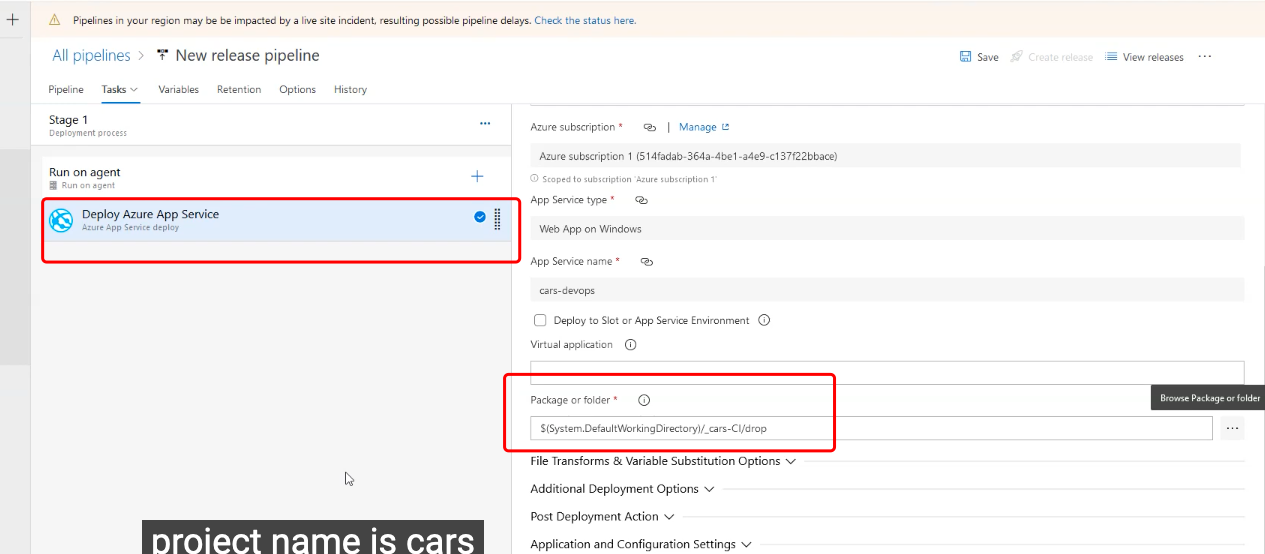
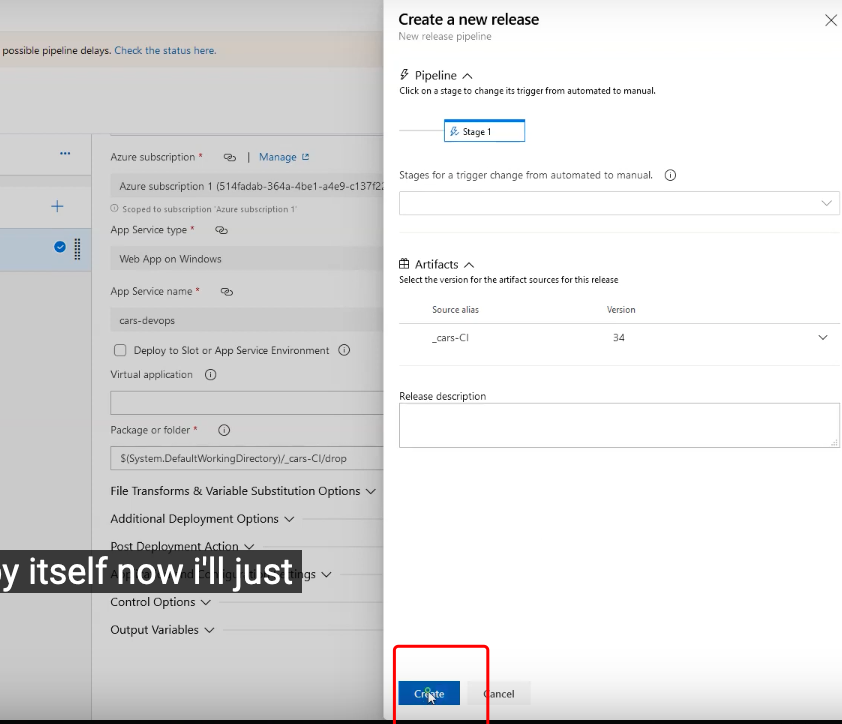
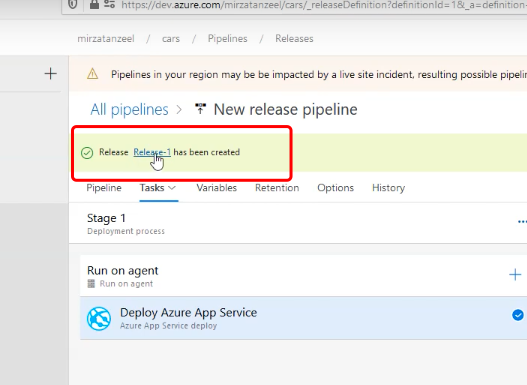
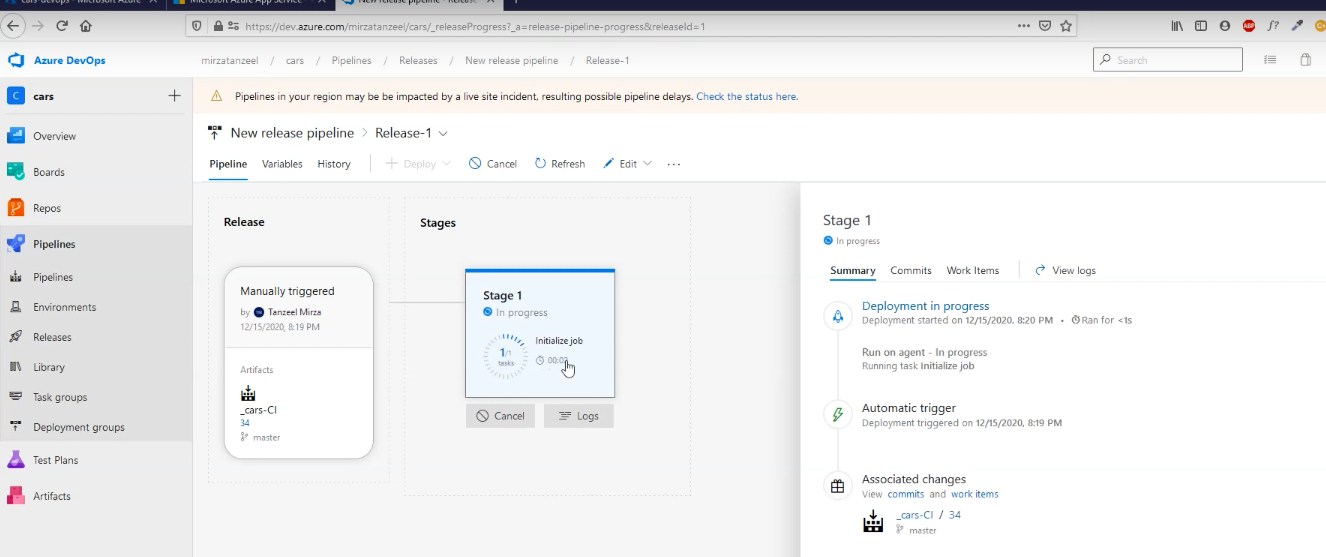
- Change physical path if encounter the error "no permission".


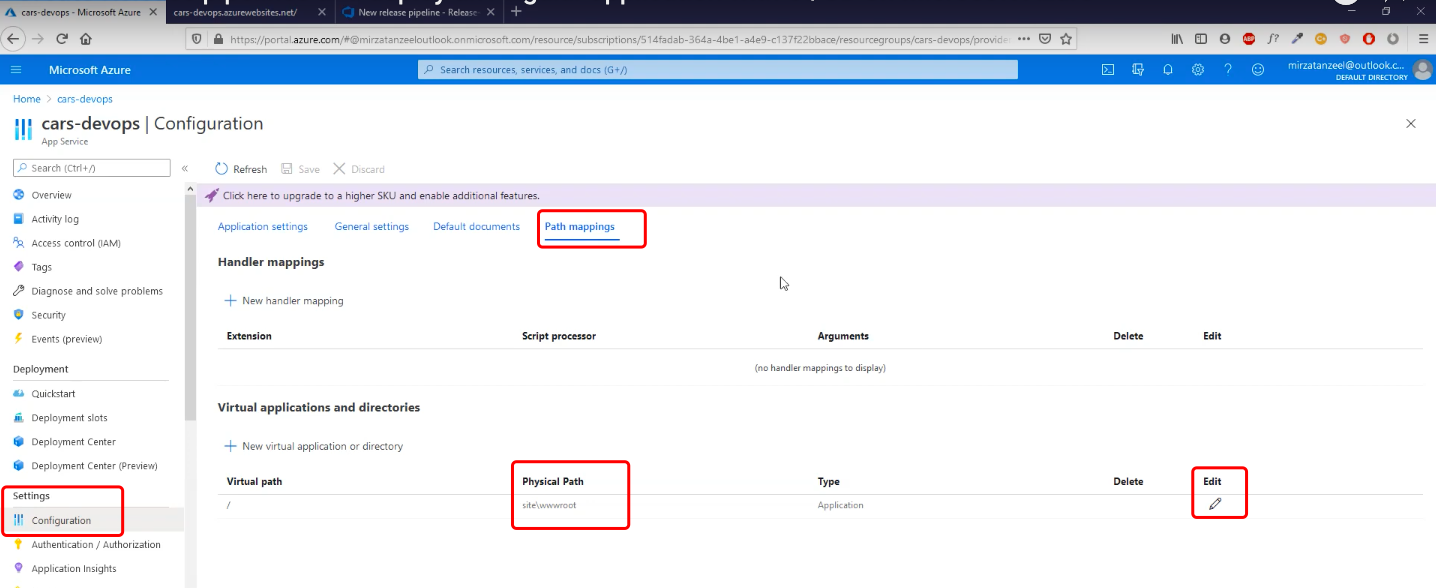
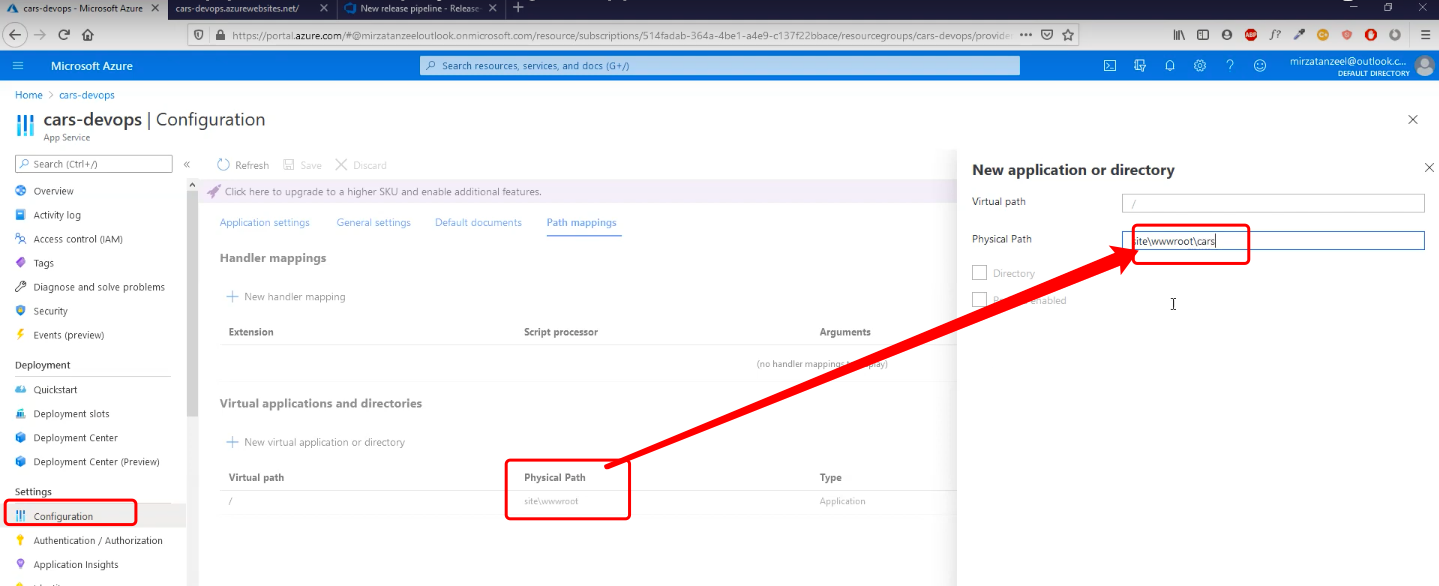
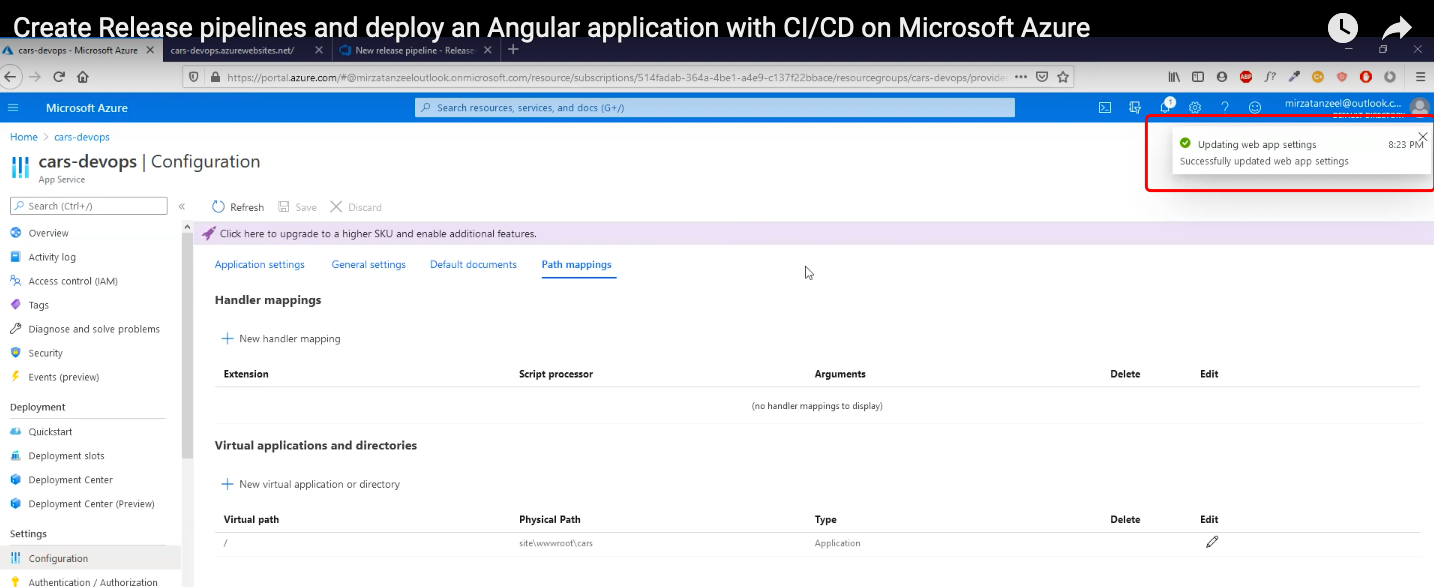
- Change a released pipeline to CI/CD. So every time new code is pushed into Azure repo, the pipeline
releasing will be triggered and executed automatically.
Edit an existing pipeline and check "continuous integration " box and click "save"


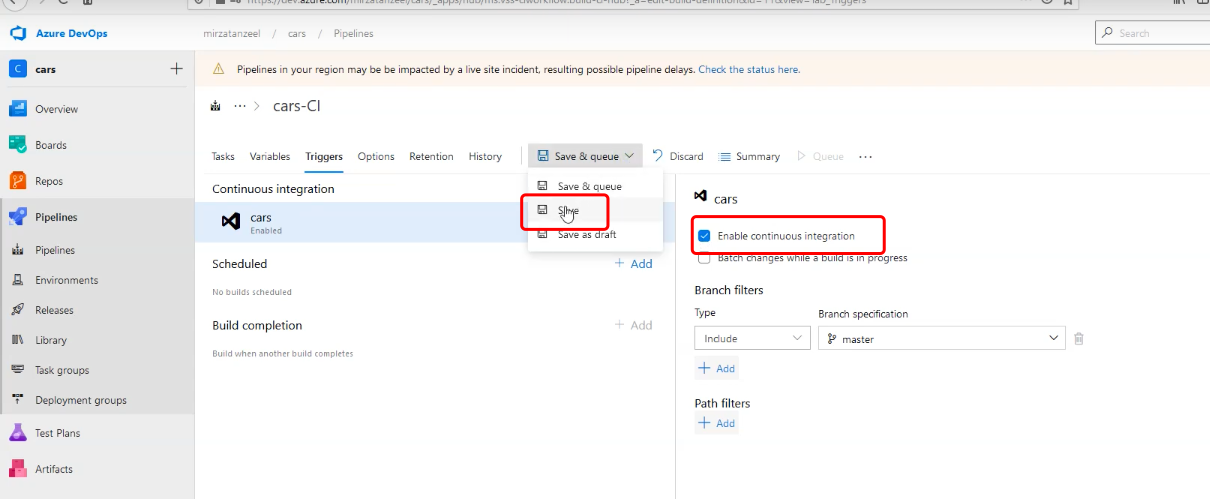 click "trigger" and save.
click "trigger" and save.
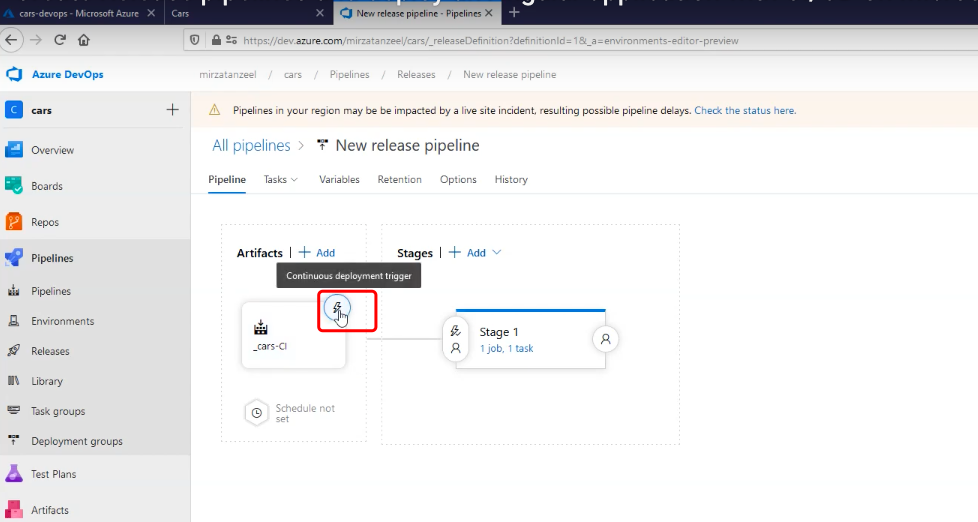
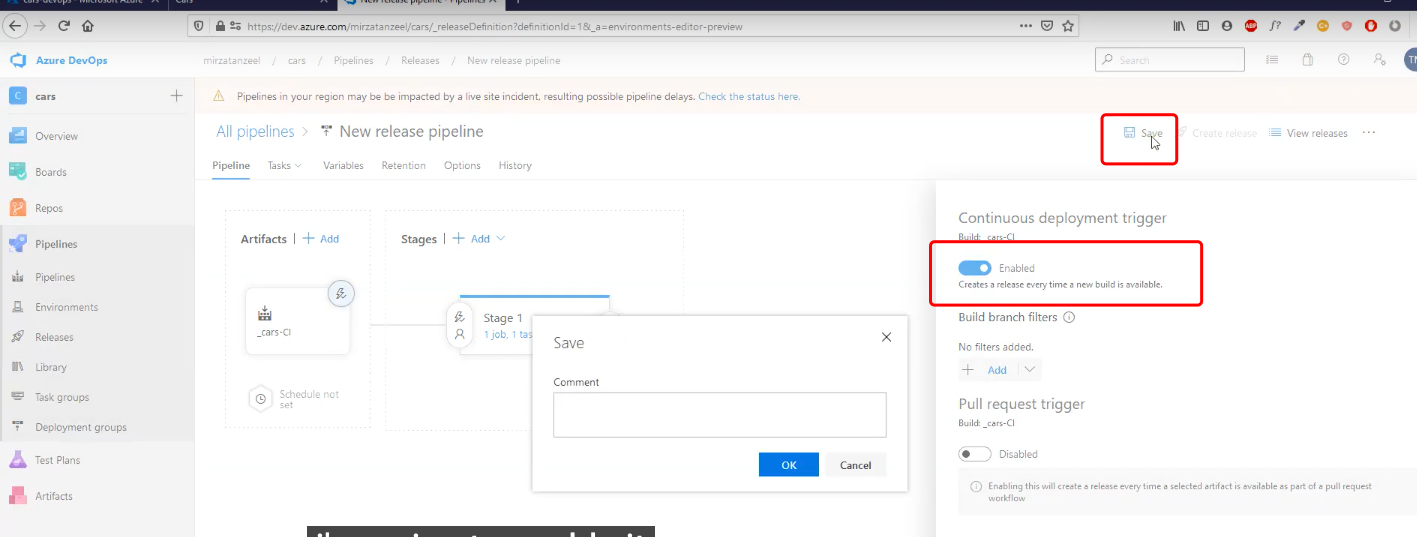
https://www.youtube.com/watch?v=Y51q5K44EZM. Create Release pipelines and deploy an Angular application with CI/CD on Microsoft Azure